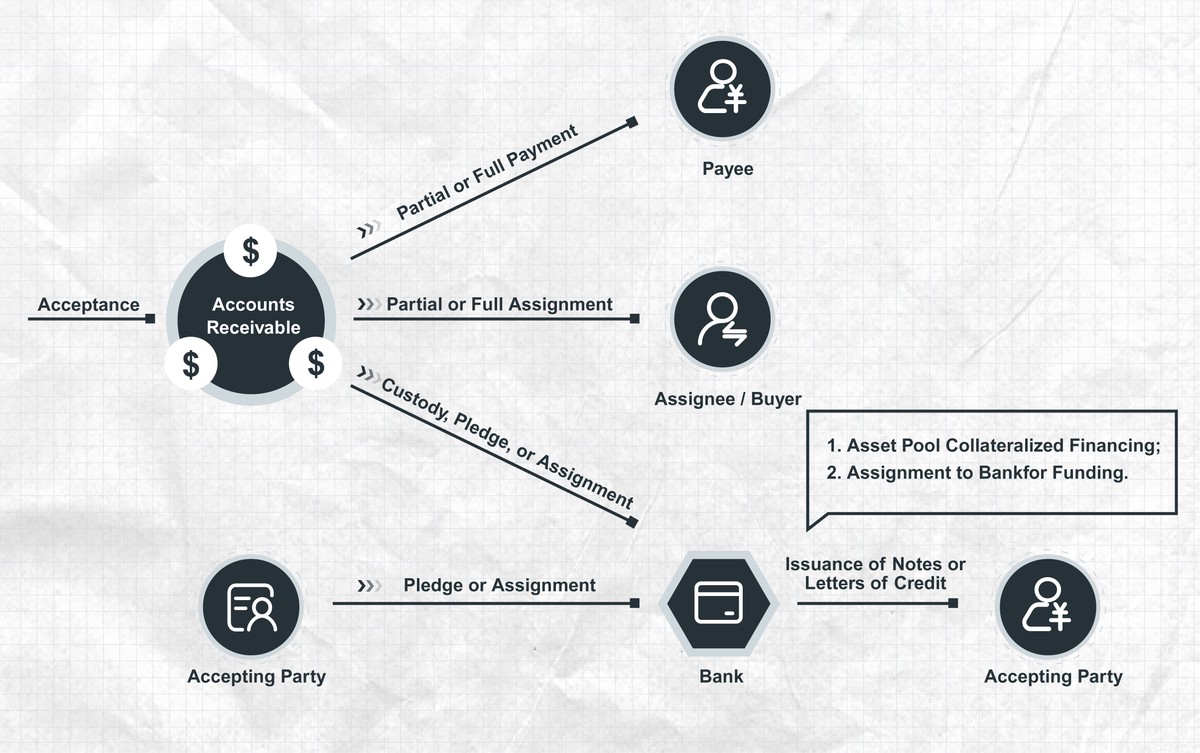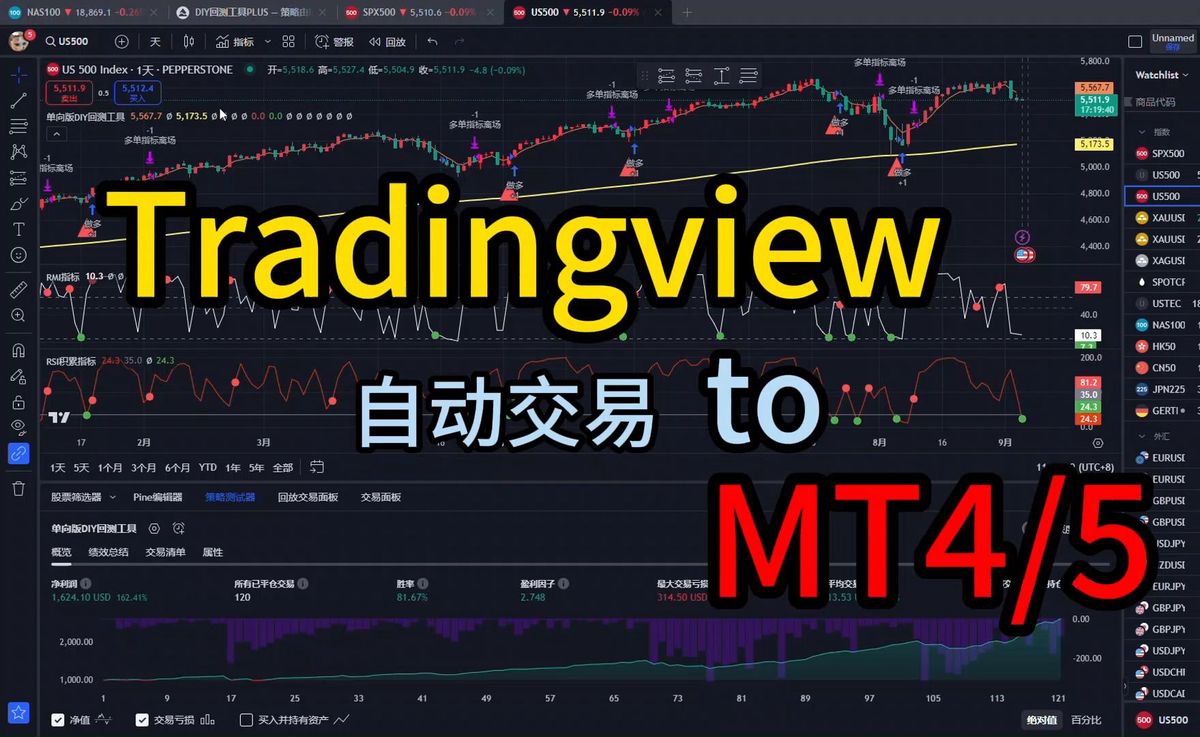==================================================
Pair trading is one of the most well-known market-neutral strategies in the world of quantitative trading. It combines statistical rigor with real-time execution to capture small but consistent profits. By understanding how does pair trading work in quantitative trading, traders can gain deeper insights into how hedge funds, prop desks, and institutional investors systematically exploit mispricings between correlated assets. This guide provides an in-depth overview, comparison of methods, personal insights, and practical applications—designed for quants, portfolio managers, and advanced retail traders.

What is Pair Trading in Quantitative Trading?
Pair trading is a form of statistical arbitrage where two historically correlated assets—such as two stocks in the same sector—are monitored for deviations in their price relationship. When the spread between them diverges beyond a statistical threshold, a trader simultaneously buys the undervalued asset and sells the overvalued one, betting on convergence.
- Market-neutral: It aims to profit regardless of the overall market direction.
- Relative value: Focuses on the relationship between assets, not absolute price movements.
- Mean reversion: Relies on the assumption that correlations revert to historical norms.

Core Mechanics of Pair Trading
Step 1: Identifying Suitable Pairs
Pairs are typically chosen from the same sector (e.g., JPMorgan vs. Goldman Sachs) or ETF vs. futures. Historical price data is analyzed to confirm correlation or cointegration.
Step 2: Spread Calculation
The spread is often calculated as:
Copy code
Spread = Price(Asset A) – β × Price(Asset B)
where β is estimated using regression analysis.
Step 3: Entry and Exit Rules
- Entry: Enter long-short positions when the spread exceeds +2 or -2 standard deviations from the mean.
- Exit: Close positions when the spread reverts to the mean.
Step 4: Risk Controls
Stop-losses,

0 Comments
Leave a Comment